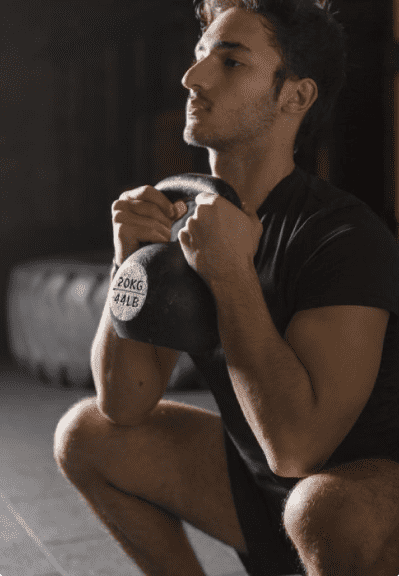Strength & Conditioning (S&C) is an integral part of the Exercise Therapy used at Kinetic Rehabilitation + Performance. Strength and conditioning is not just about lifting heavy weights, it is a multidisciplinary field that combines all physical performance elements. Some of these elements are;
Strength – Strength is the ability to apply force to either overcome resistances to movement or resist unwanted movement. Not only does strength improve most physical performance measures, it also reduces the risk of injury in both athletic and non-athletic populations.
Power - Power is an element of skill-related fitness that is needed to excel in athletic performance. Increased strength does not always translate into increased power eg, a strong upper body does not always mean you throw a ball quickly if enough speed cannot be generated.
Speed - Speed is the ability to perform a motor skill as rapidly as possible. It is the ability to move quickly, which is an essential quality in many sports. Reaction time is the ability to respond rapidly to a stimulus.
Agility - Agility is the ability to change direction rapidly without a significant loss of speed, balance, or body control. Agility fitness combines power, strength, balance, flexibility, reaction time, coordination, anticipation, and muscular control.
Flexibility - Flexibility is the ability of a joint to move freely through its range of motion. Various methods of stretching can increase flexibility. Flexibility is one of the main fitness components, important for success in many sports.
Injury prevention – Key concepts include screening for previous injury and relevant history; conducting through physical assessment including acute or sub-acute injuries; educating players, coaches, parents, medical staff on specific injury and injury prevention strategies; monitoring athlete workloads including amount and types of recovery.
General motor skills - Coordination is the ability to move smoothly and efficiently. It is specific to each sport skill. Gross motor coordination means performing large muscle skills, such as running and jumping, with good technique, rhythm, and accuracy.
Balance - Balance is the ability to maintain equilibrium. Balance can be static or dynamic.
Effective training for Strength & Conditioning includes:
